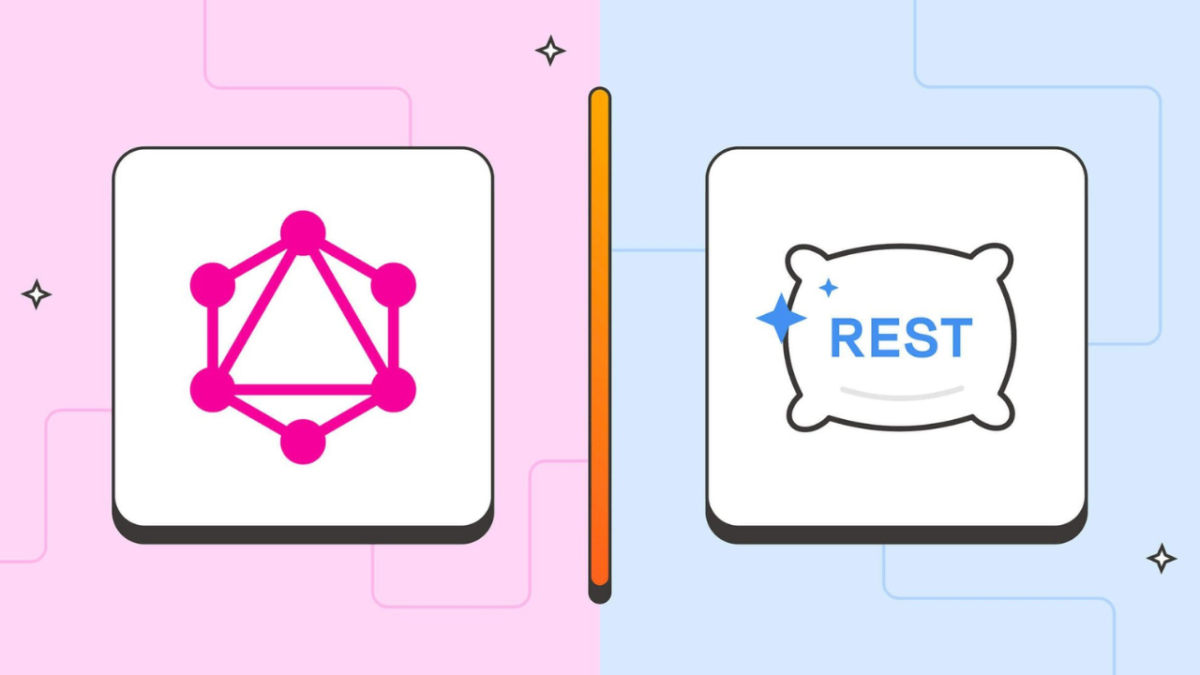When building an application, choosing the right API architecture is crucial. Two popular options are REST and GraphQL, each with distinct features and benefits. Let’s explore their differences to help you decide which suits your application’s needs.
Understanding REST
REST (Representational State Transfer) is an architectural style that uses standard HTTP methods like GET, POST, PUT, and DELETE. It structures APIs around resources, each accessible via unique URIs. Clients interact with these resources through multiple endpoints, each serving a specific function.
Understanding GraphQL
GraphQL is a query language for APIs that allows clients to request exactly the data they need. It operates through a single endpoint, enabling clients to specify their data requirements and receive responses tailored to those needs. This approach minimizes over-fetching and under-fetching of data.
Key Differences Between REST and GraphQL
- Data Fetching:
- REST: Clients may need to make multiple requests to different endpoints to gather related data, potentially leading to over-fetching or under-fetching.
- GraphQL: Clients can retrieve all required data in a single request, specifying exactly what they need, which enhances efficiency.
- Endpoints:
- REST: Utilizes multiple endpoints, each corresponding to a specific resource or action.
- GraphQL: Employs a single endpoint for all data queries and mutations.
- Flexibility:
- REST: Fixed data structures may require versioning to accommodate changes, potentially leading to multiple API versions.
- GraphQL: Schemas can evolve without versioning, allowing clients to request new fields as needed without impacting existing queries.
- Performance:
- REST: Multiple requests can increase latency, especially in complex data retrieval scenarios.
- GraphQL: Single-request data fetching reduces the number of network calls, potentially improving performance.
When to Choose REST
- Simplicity: REST’s straightforward design is well-suited for simple, resource-driven applications.
- Caching: Built-in HTTP caching mechanisms can enhance performance for data that doesn’t change frequently.
- Stateless Operations: Each request from a client to server must contain all the information needed to understand and process the request, making REST suitable for stateless operations.
When to Choose GraphQL
- Complex Data Requirements: Ideal for applications that need to aggregate data from multiple sources or require precise data retrieval.
- Client-Specific Data Needs: Allows different clients (e.g., mobile vs. web) to request data tailored to their specific requirements.
- Rapid Iteration: Facilitates frontend and backend teams to work independently, enabling quicker iterations without waiting for API changes.
Conclusion
Both REST and GraphQL have their strengths and are suited to different scenarios. Consider your application’s specific needs, including data complexity, performance requirements, and development workflow, to make an informed decision.
